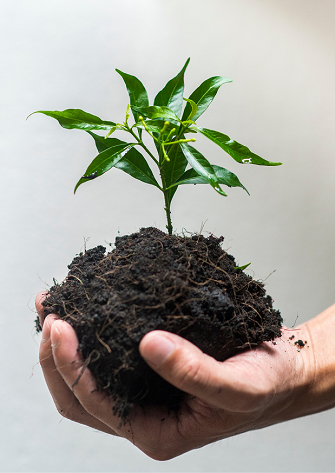“Trees exhale for us so that we can inhale them to stay alive. Can we ever forget that? Let us love trees with every breath we take until we perish.” – Munia Khan, writer.
World Tree Day is commemorated on June 28 with the aim of informing about the importance of trees in the life of the planet and raising public awareness of the need to protect the environment.
Commemorative activities
In each country where the World Tree Day is celebrated, different activities are carried out to promote the importance of conserving trees and forests, such as:
- Tree planting.
- Forest cleaning.
- Recreational activities and contact with nature.
- Educational workshops on the care and protection of trees.
Why is it important to plant and conserve trees?
Among the many reasons why trees are fundamental for the planet, we can mention the following:
- They are a source of oxygen.
- They purify the air we breathe.
- They help conserve water.
- They are a source of food for humans and animals.
- They provide shade.
- They regulate temperature, reducing the effects of climate change.
- They help reduce noise pollution.
- They contribute to beautify the landscape wherever they are found.
- They are the habitat of diverse animal and plant species.
- They are a source of raw material for the production of medicines, food, paper, fuel, fibers and other natural materials such as cork, resins and rubber.
“The Hidden Life of Trees”
In the book “The Hidden Life of Trees: What They Feel, How They Communicate – Discoveries from a Secret World”, Peter Wohlleben shares his deep love for trees and forests. The author explains the amazing processes of life, death and regeneration he has observed in forests and the surprising scientific findings hidden within them.
Much like human families, tree parents live with their children, communicating with and supporting them as they grow, sharing nutrients with those who are sick or struggling, and creating an ecosystem that mitigates the impact of extremes of heat and cold for the entire group. As a result of these interactions, trees in a family or community are protected and can grow to be very old. In contrast, solitary trees, like humans, have a hard time and in most cases die much sooner than those belonging to a group.
Based on his own research, Wohlleben presents in the book the findings of the secret life of trees and their ability to communicate. In addition, he describes how these discoveries have informed his own practices in the forest around him. As he says, “a happy forest is a healthy forest.”
The author also asserts that environmentally friendly practices are not only economically sustainable, but also benefit the health of our planet and the mental and physical health of all of us who live on Earth.


